Highlights of the Uffizi Gallery in Florence
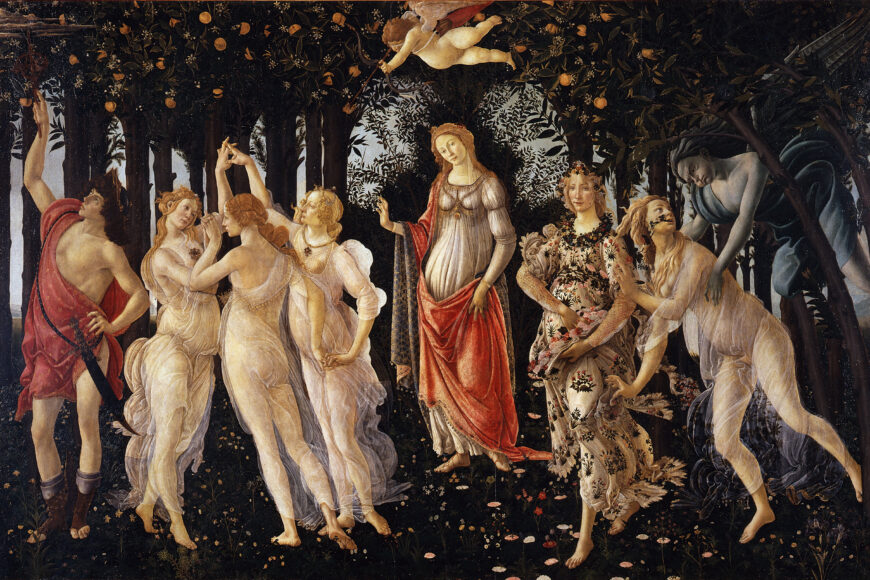
The Uffizi Gallery in Florence, Italy, is a treasure trove of Renaissance art, renowned for its extensive collection of masterpieces. Established in 1581 by Giorgio Vasari for Cosimo I de’ Medici, the gallery originally served as the offices of Florentine magistrates. Today, it houses some of the most iconic works of art in history, including Botticelli’s “The Birth of Venus” and “Primavera,” which are among the highlights of the Uffizi. Visitors can also admire works by Leonardo da Vinci, Michelangelo, and Raphael, making it a must-visit destination for art enthusiasts. The gallery’s architecture and its vast collection of ancient sculptures further enhance the experience, offering a comprehensive journey through the evolution of art from the Middle Ages to the Renaissance.
Highlights of the Uffizi Gallery
Here are 15 of the most important exhibits found in the Uffizi Gallery in Florence:
The Birth of Venus by Sandro Botticelli: This iconic painting depicts the goddess Venus emerging from the sea on a shell. It is celebrated for its beauty and the use of mythological themes.
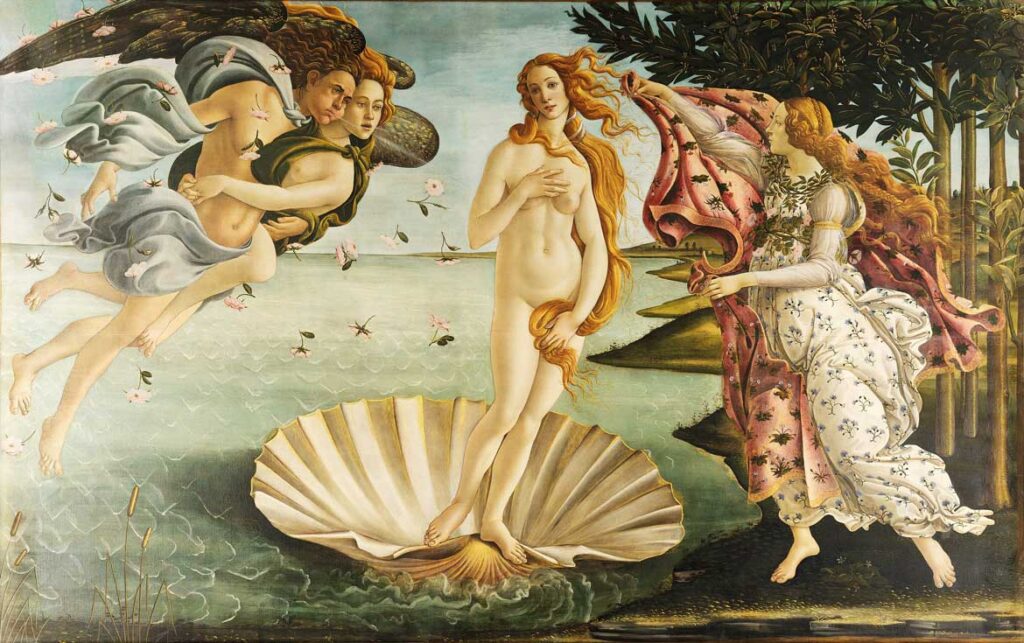
Primavera by Sandro Botticelli: Also known as “Allegory of Spring,” this painting is a complex representation of mythological figures in a lush garden. It symbolizes the arrival of spring and the renewal of life.
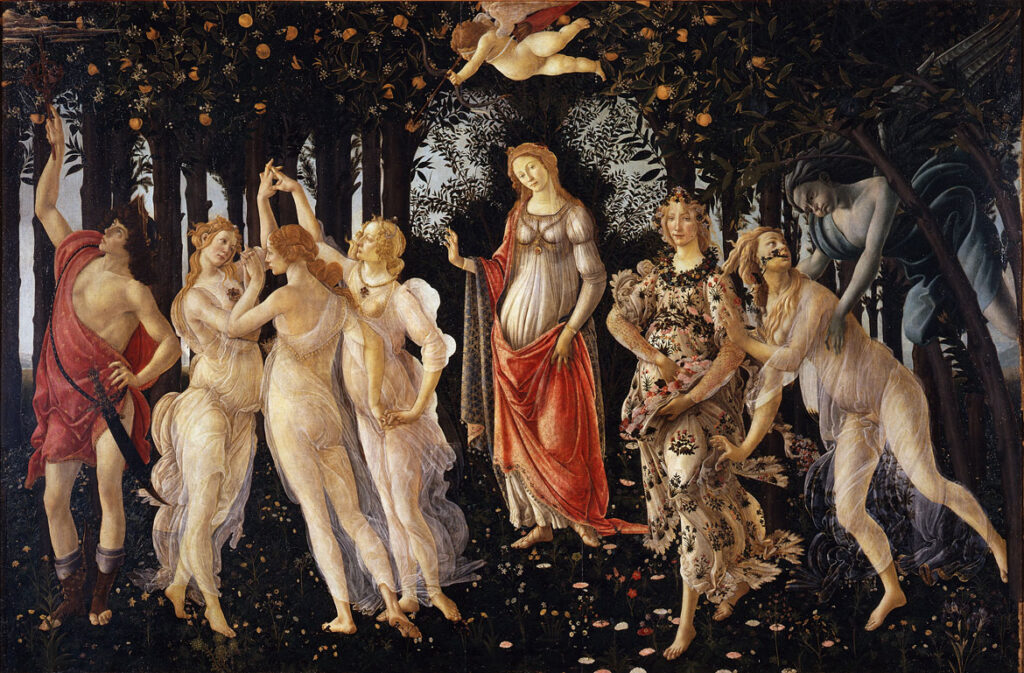
Annunciation by Leonardo da Vinci: This early work by Leonardo showcases his mastery of perspective and detail. It depicts the angel Gabriel announcing to Mary that she will bear the son of God.
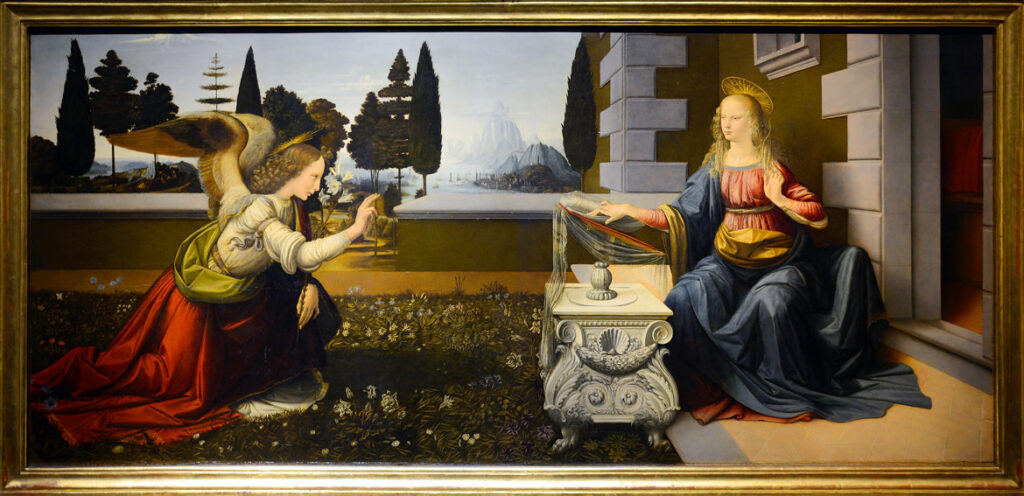
Adoration of the Magi by Leonardo da Vinci: An unfinished masterpiece, this painting captures the moment when the three wise men present gifts to the infant Jesus. It is notable for its dynamic composition and intricate details.
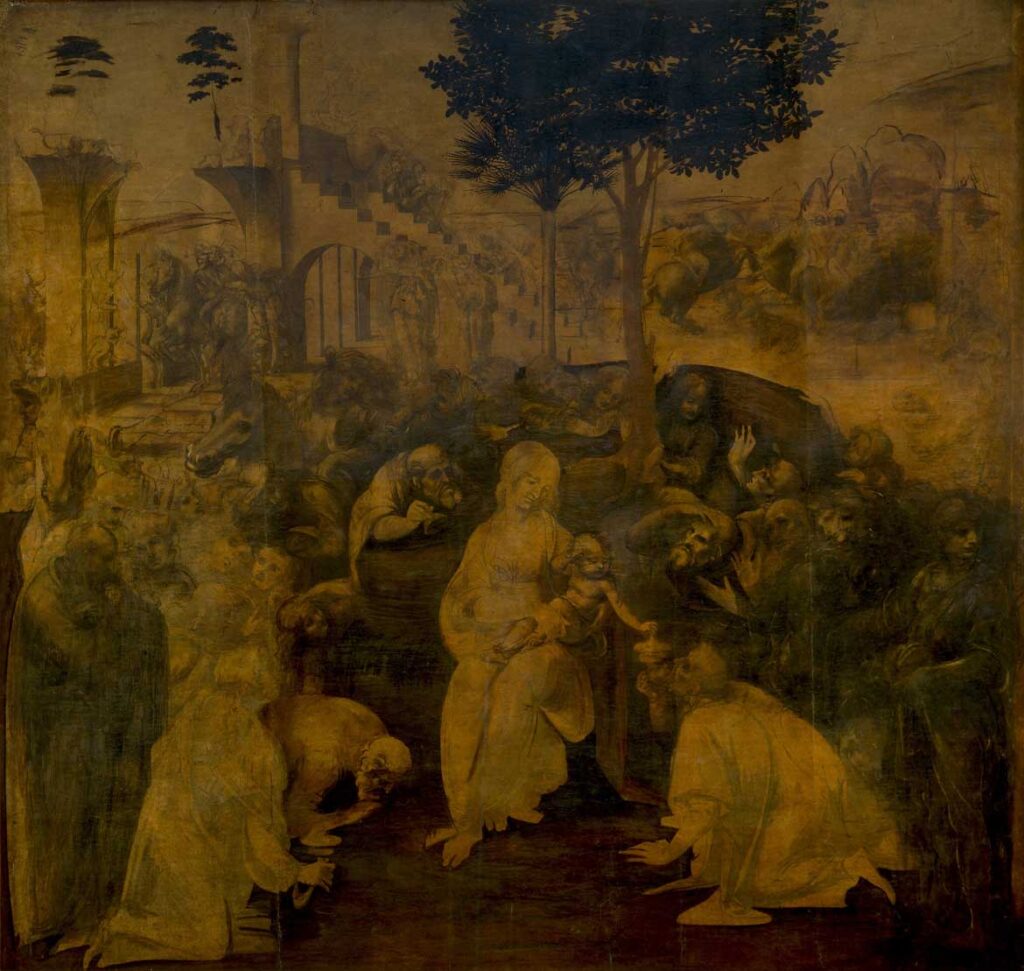
Medusa by Caravaggio: This striking painting shows the severed head of Medusa, with snakes for hair and a look of horror. Caravaggio’s use of chiaroscuro (light and shadow) adds to the dramatic effect.
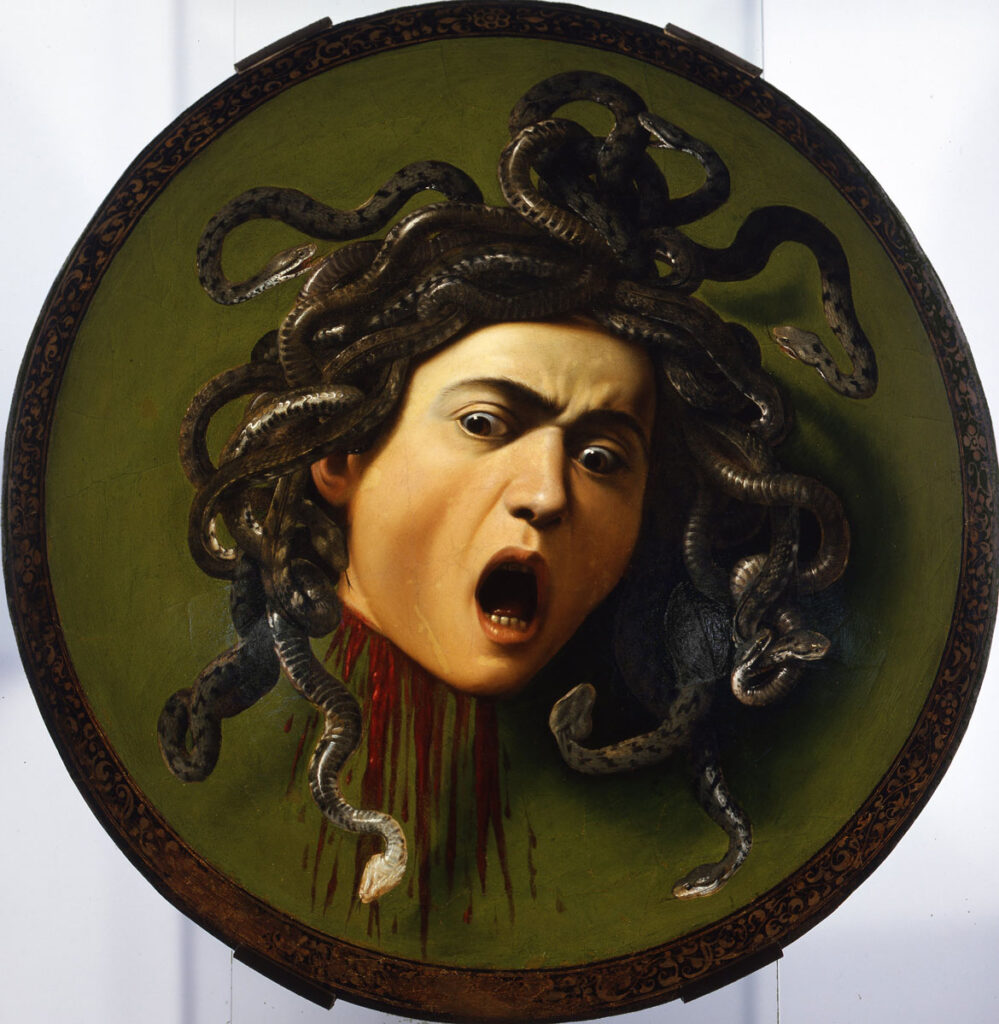
Doni Tondo by Michelangelo: Also known as “The Holy Family,” this circular painting is one of Michelangelo’s few panel paintings. It features the Virgin Mary, Saint Joseph, and the infant Jesus in a dynamic composition.
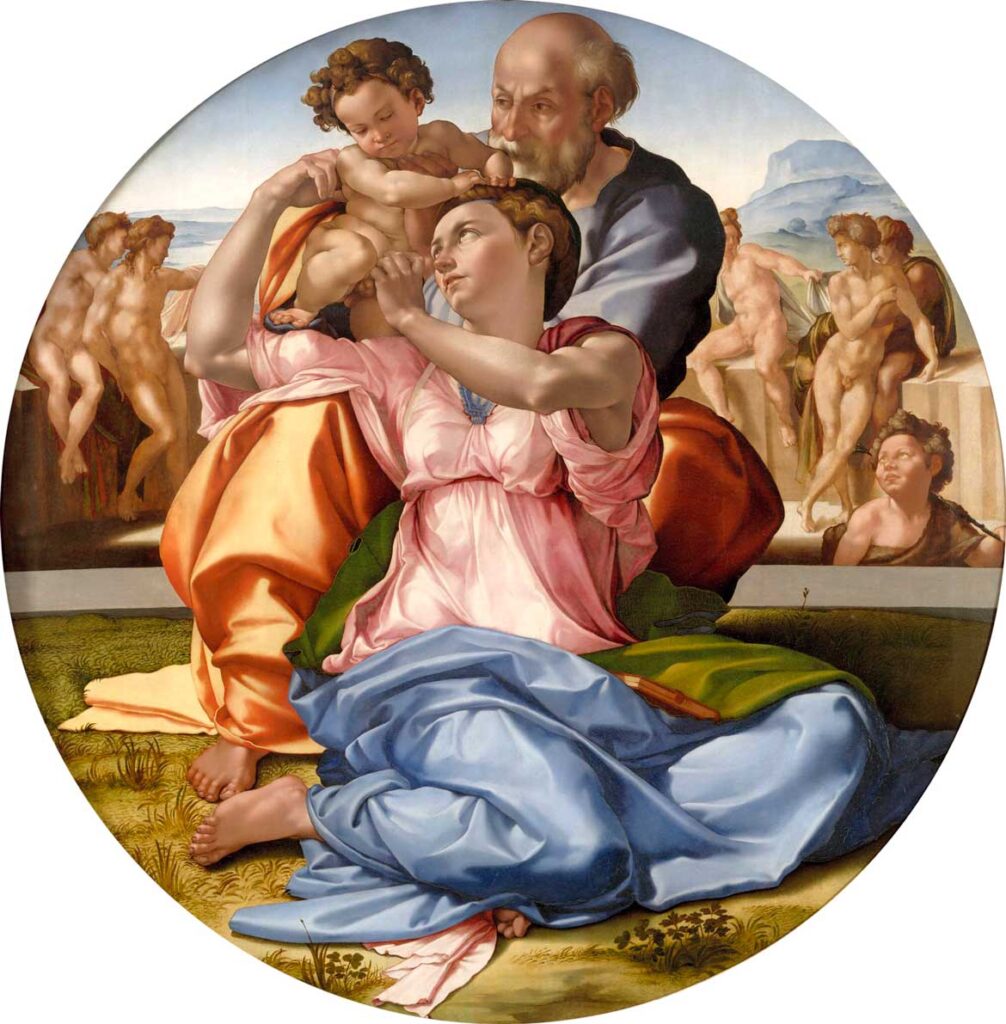
Venus of Urbino by Titian: This sensual painting depicts a reclining nude woman, believed to be Venus. It is renowned for its rich color and the intimate, domestic setting.
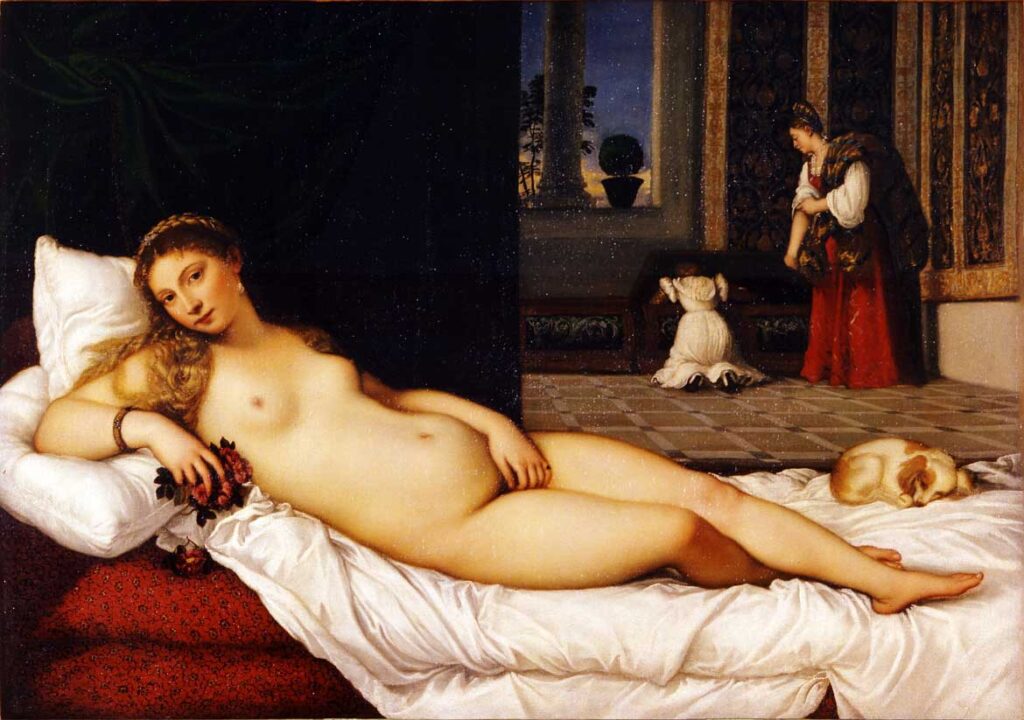
Bacchus by Caravaggio: This painting portrays Bacchus, the Roman god of wine, holding a goblet and surrounded by fruit. Caravaggio’s realistic style and use of light make the figure appear almost lifelike.
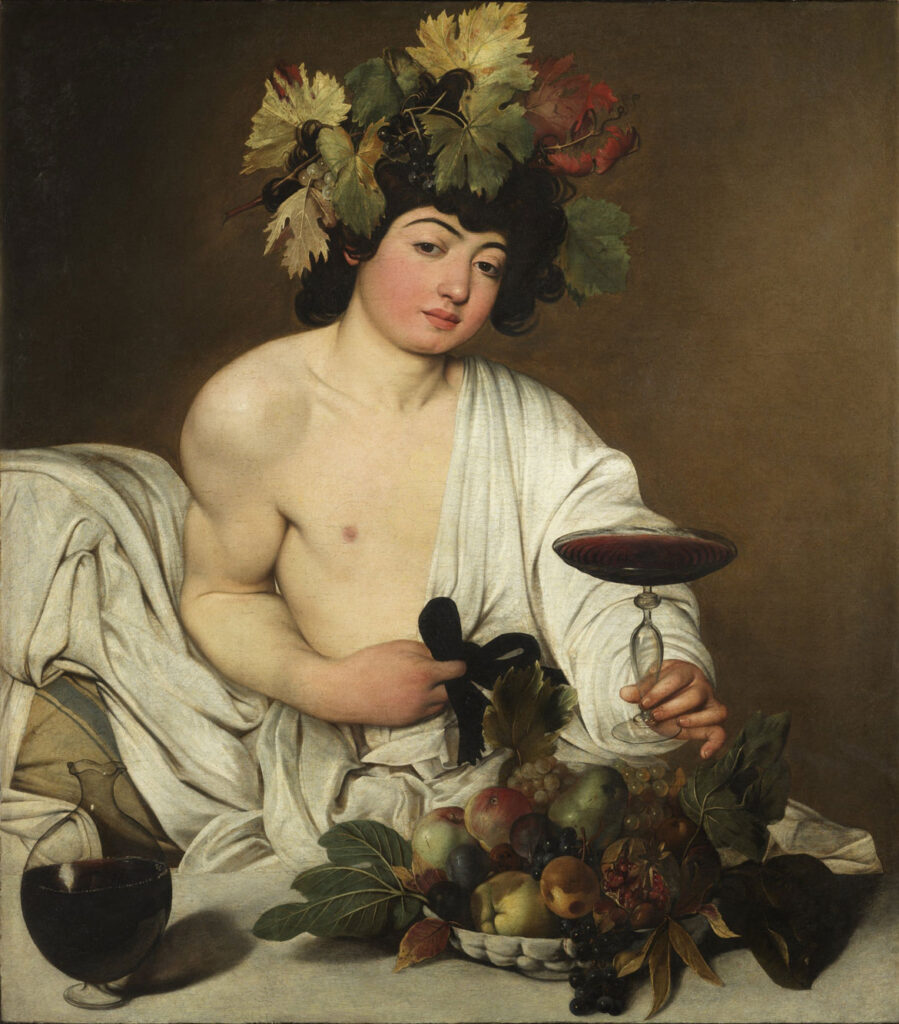
The Ognissanti Madonna by Giotto: This altarpiece is one of Giotto’s most famous works, depicting the Madonna and Child surrounded by angels and saints. It marks a shift towards more naturalistic representation in art.
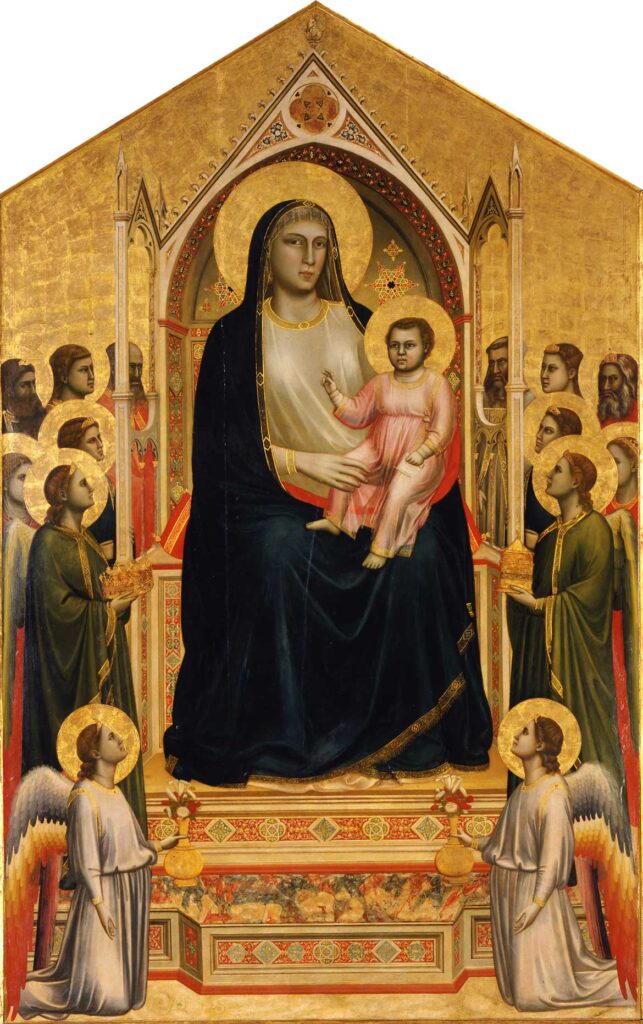
The Battle of San Romano by Paolo Uccello: This series of three paintings depicts the Battle of San Romano, with a focus on the use of perspective and foreshortening. It is celebrated for its vibrant colors and dynamic composition.
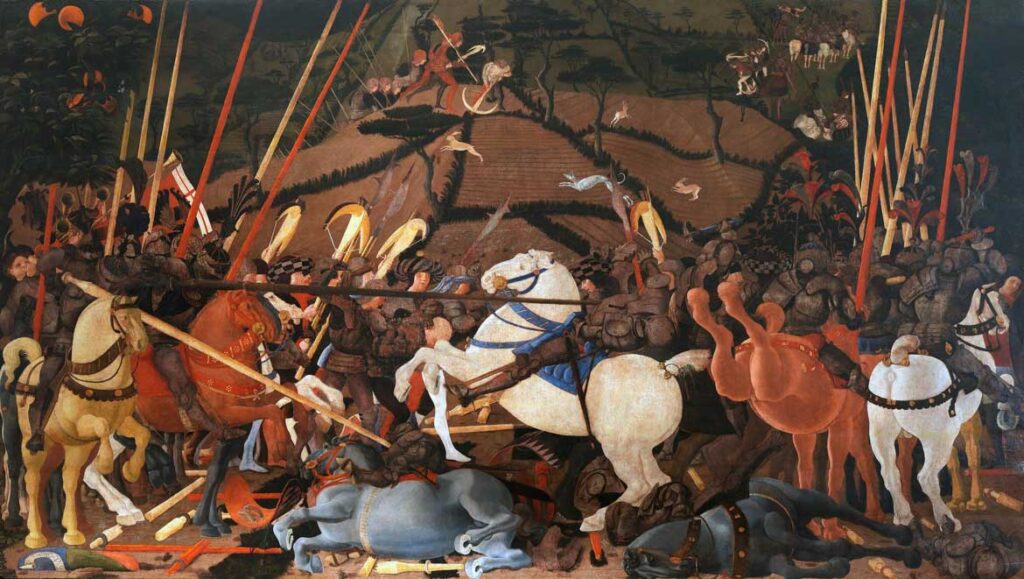
Portrait of Pope Leo X with Two Cardinals by Raphael: This portrait captures Pope Leo X with two cardinals, showcasing Raphael’s skill in rendering textures and expressions. It is a masterpiece of Renaissance portraiture.
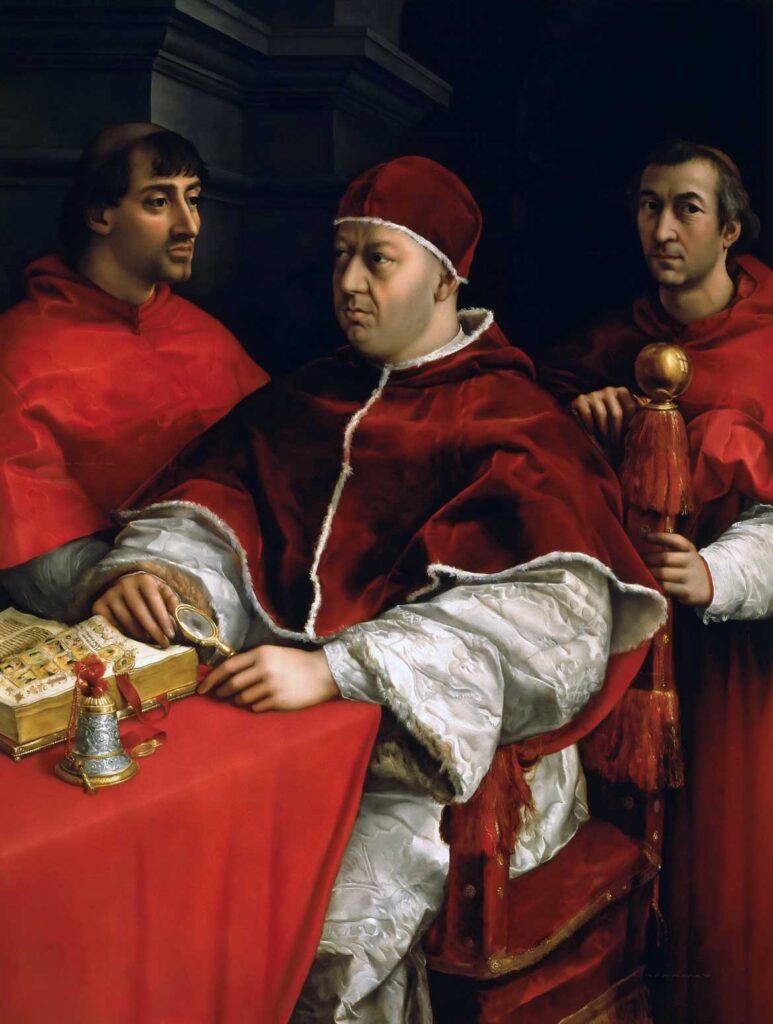
The Sacrifice of Isaac by Caravaggio: This dramatic painting depicts the biblical story of Abraham about to sacrifice his son Isaac, only to be stopped by an angel. Caravaggio’s use of light and shadow heightens the emotional intensity.
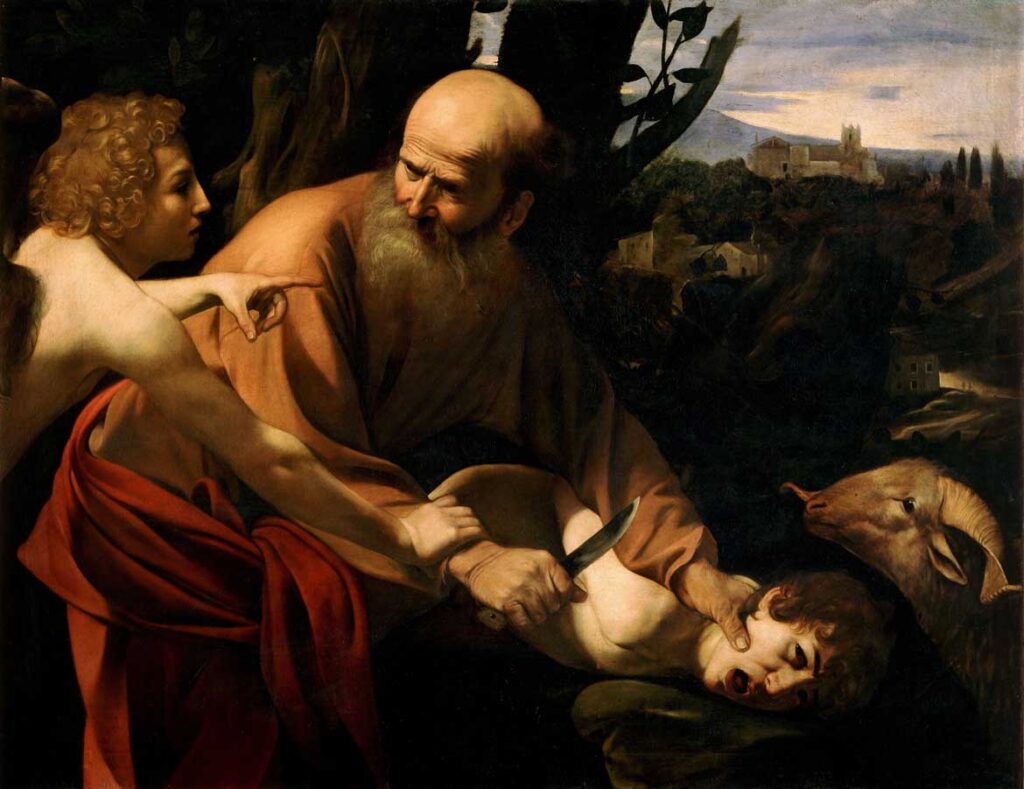
Judith and Holofernes by Artemisia Gentileschi: This powerful painting shows the biblical heroine Judith beheading the Assyrian general Holofernes. It is notable for its dramatic composition and the strength of its female protagonist.
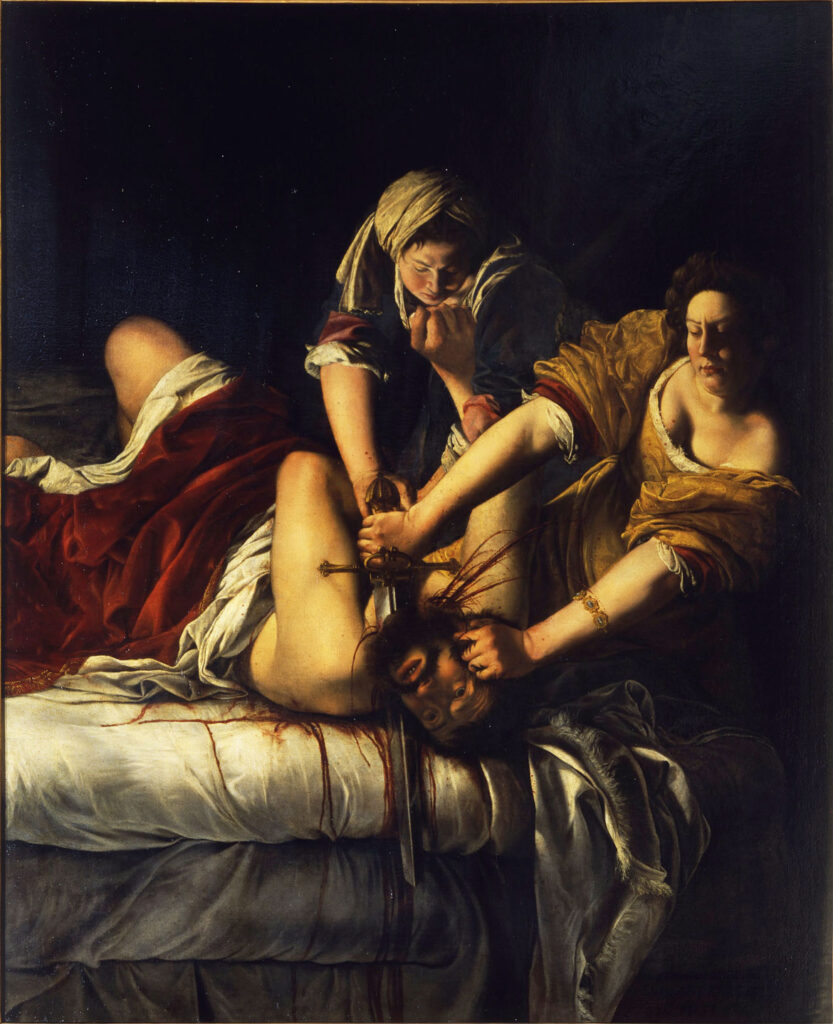
The Madonna of the Goldfinch by Raphael: This serene painting depicts the Virgin Mary with the infant Jesus and John the Baptist, holding a goldfinch. It is admired for its harmonious composition and delicate details.
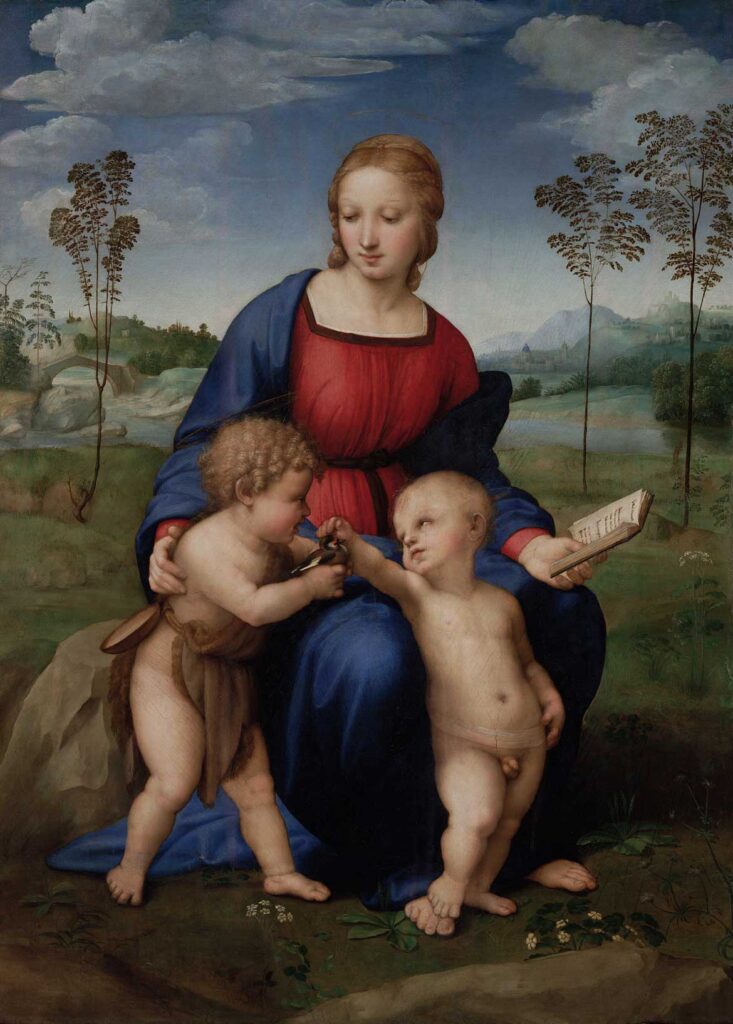
The Baptism of Christ by Andrea del Verrocchio and Leonardo da Vinci: This collaborative work shows John the Baptist baptizing Christ, with angels attending. Leonardo’s contribution, particularly the angel on the left, is noted for its grace and realism.
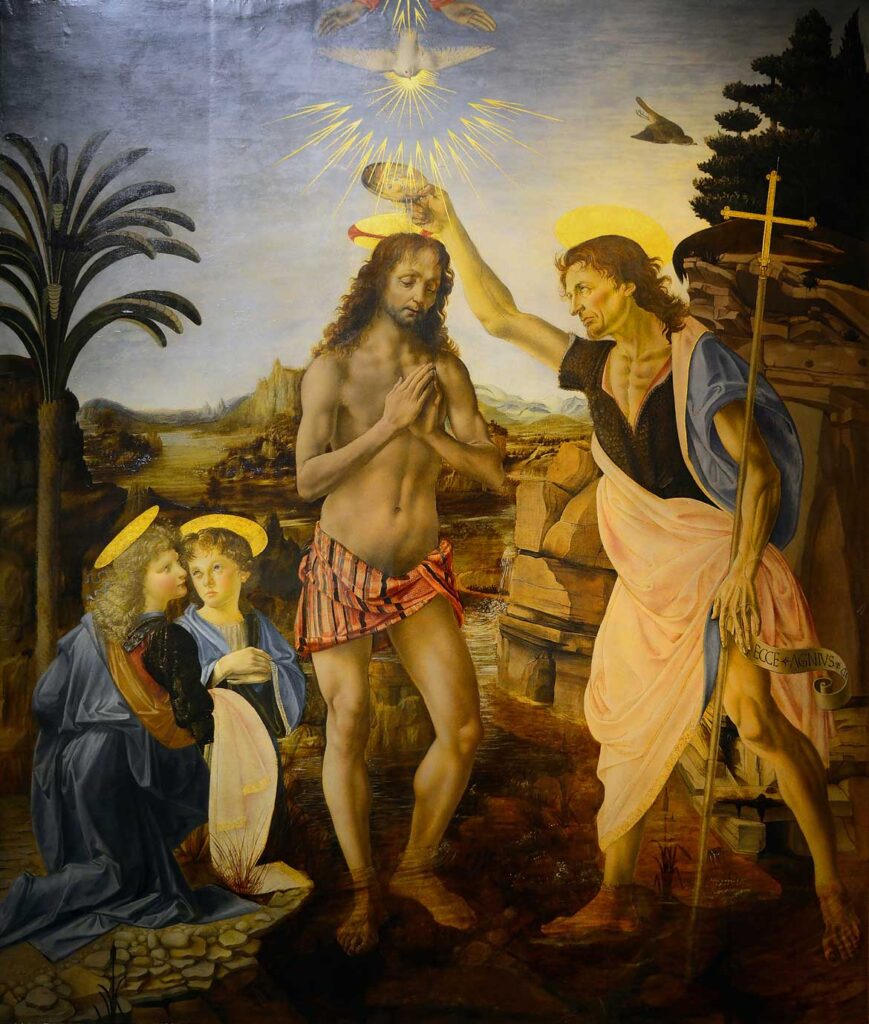
I hope this list helps you appreciate the incredible art at the Uffizi Gallery! Have you visited the gallery before? If you have other favorites that you think should be included among the highlights of the uffizi Gallery, please leave a comment and we will consider adding them to the post.
